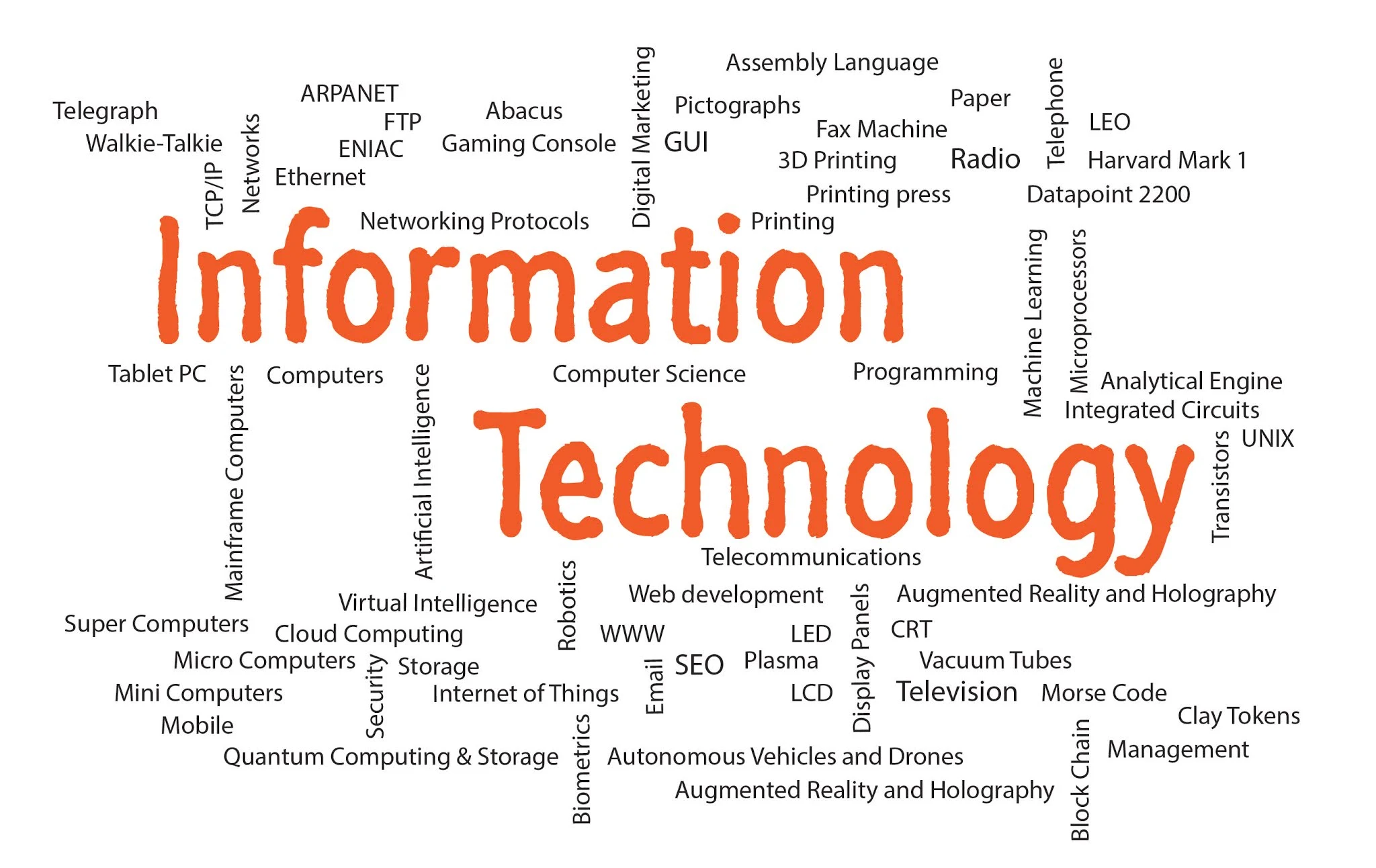(Continued)
Early Ages: The Beginning of a New Dawn
In the beginning, humans used to communicate only orally or with certain gestures but with the passage of time other forms of communication developed, of these forms "Clay Tokens" (i.e., shapes made of clay to convey specific meanings related to certain things, used between 8000–3000 BC) were probably the first; gradually they started to carve those shapes on rocks which came to be known as "Petroglyphs", around the same time people began to draw/paint these shapes on rocks, known as "Pictographs"(appeared around 3100 BC). These mechanisms employed pen-like stylus or other alternatives depending on the material and technique used, or dye available at that time while some people also used clay tablets. Moreover, some people used to carve or draw on alternative materials like animal bones, wood, leaves, parchment(a processed form of animal skin/hides), ostraka(broken pieces of pottery), Papyrus(a processed form of a plant, used by Egyptians), wax tablets(a thin layer of wax on a flat piece of wood, used by Greeks) until finally but gradually, Paper(invented by Chinese around 2nd AD) replaced other materials as principal writing surface worldwide. These petroglyphs and pictographs gradually transformed into "Phonetic Signs"(about 3000 BC) marking the start of the relationship between drawn shapes and spoken language, each of which represented an object, then finally, these signs developed into "Alphabets"(about 1500 BC), each representing a single sound of the voice. This entire journey from clay tokens to alphabets continued simultaneously in different cultures/regions of the world but, Mesopotamian culture is well documented in this aspect (in the form of cuneiform). Some of you may be confused that what all of this stuff has to do with information technology so, I would like to remind you of the definition of IT given in the last post before proceeding further; it's all part of it.

The first number system originated from ancient Sumerians in the 3rd millennium BC, however, the zero '0' as a number was invented much later by people from India in AD 875, which is considered one of the greatest accomplishments of human history, the foundation of modern mathematics (including calculus) and physics that allowed us to solve complex equations, and invent computers later on.
With the invention of paper, alphabets and number systems people were writing down a lot of information, and the quantity of information was on the rise, so they needed some way to store this information and keep it safe, assembled for the long term, which gave birth to scrolls or books.
Playing Around with Numbers: Computation
With the invention of the number system people now wanted to do some stuff i.e., calculations with numbers which led to the creation of different types of calculators around the world, the most popular of them being the Abacus/counting board (often referred to as the first computer i.e., the device that could compute), whose earliest version appeared around 300 BC among Greeks.
Reaching Beyond the Sight: Distant Communication
During the early ages, there were limited options available for distant communication like Drumbeat, smoke signals, or beacons but those methods had many limitations attached to them. Alternatively, horse riding messengers or homing pigeons were used for considerably long distances.




0 Comments
Please do not enter any spam link in the comment box.